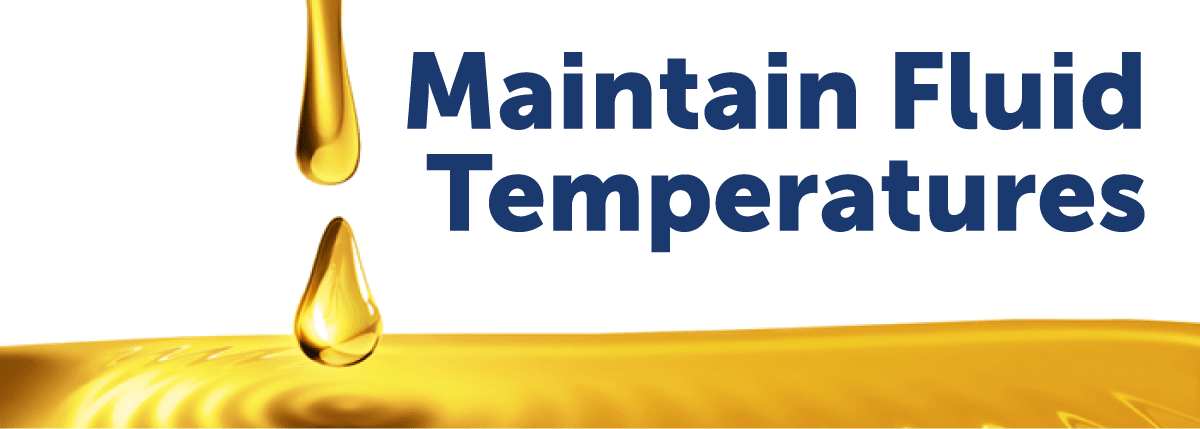Lubrication oil systems are designed to reduce wear, improve performance, and extend component and overall system life in many industrial applications. However, these systems can become compromised without a proper thermostatic control solution if temperatures are not adequately controlled.
Temperatures too hot = lower viscosity
- Poor lubrication
- Increased emissions
- Higher internal leakage
- Increased wear on bearings and seals
- Thermal degradation of seals and other components
Temperatures too cold = higher viscosity
- Poor lubrication
- Increased wear
- Pool fuel economy
- High stress on pumps, valves, fittings, seals, etc
How to Maintain Optimal Temperature with TBV
ThermOmegaTech’s Thermal Bypass Valves (TBVs) use self-actuating thermostatic technology to constantly monitor inlet temperatures and automatically divert fluid to one of two outlet ports. The purpose is to ensure proper temperature control in lube oil systems by keeping the fluid temperature within a narrow and pre-defined range.
How TBV Thermostatic Control Valves Work
Cooler fluid will be directed through the bypass to the reservoir & recirculated through the system. Hotter fluid will be sent through the system cooler.
4 Benefits of Thermal Control
ThermOmegaTech’s Thermal Bypass Valves provide precise temperature control for lube oil systems. With a self-actuating, thermostatic design, these valves combine improved system performance with optimal reliability.
- Keeps lube oil temperatures within a narrow range to ensure appropriate viscosity.
- Prevents temperatures from spiking and degrading components.
- Increases system availability and efficiency, improving equipment productivity.
- Increases machine uptime and reduces shutdowns for service and repairs.

